IN A GLASS CAGE: HOW THE PAST RETURN IN A GROTESQUE SHAPE
by Erika Tiburcio (*)
TRAS EL CRISTAL by Agustí Villaronga was released in 1986 and it’s about Klaus (Günter Meisner), a nazi doctor and child molester, who tries to kill himself. Unluckily, he ends up paralyzed inside a glass, the only way he can go on living. This film won for the Best First Work in San Jordi Awards as well as in Murcia Week of Spanish Cinema. It was also nominated for Best Feature in Chicago International Film Festival and for the Best Film in Fantasporto.
Apart from being an excellent work which displays a great mastery with the use of cinematographic elements, this film uses horror as a way of talking about some historical and cultural processes.
After a period of transition to democracy after Franco dictatorship, the Spanish cinema was taking its own way. In this sense, one important trend was to look the past over in order to offer a different perspective of a biased past.
IN A GLASS CAGE is a perfect example of how past is responsible and the reason to understand future. This idea is embodied by Angelo (David Sust), who decides to overtake Klaus’ life and impersonate him. So his past traumas related to Klaus lead him to kill, torture and even has bizarre sexual relationships with others.
Indeed, nazism serves a metaphorical figure of talking about francoism. Both authoritarian regimes severely repressed German and Spanish inhabitants, which could become people crazy. Griselda (Marisa Paredes) portrays this idea with her constant surveillance over Rena (Gisela Echevarría), the little girl, and the way that she turns into another psychopathic individual who repeats what she has witnessed.
The consequences of the past transform victims into monsters, in such a way that Angelo becomes a monster and force audience to feel sympathy for Klaus, a pedophile and a nazi doctor who is the victim is this story. Similarly, pedophilia becomes gerontophilia.
Finally, opposition is another important idea in this movie: female v. male, youths v. elderly, parents v. sons, etc. The youth movement, named as “movida madrileña[1]”, allowed youths to take the street at nights and the social order was transgressed. This facts awoke social anxieties about future and the idea of society would end completely degraded. As a matter of fact, the deadly struggle between these binary conflicts results in a challenge against the social order and its mutation into another different order. The end of the film speaks about the impossibility of going back to the past and changing mistakes and the huge shifts that Spanish society was experienced.
[1]Movida madrileña was a youth countercultural movement, mainly developed between 1977 and 1985, that consists on challenging the Spanish traditional mindset and provoke through fashion, aesthetics, music, etc. See more: https://www.youtube.com/channel/UCCvIKZuiDAc2VVeYpaGK7Nw
______________________________________________________________________________________
 Erika Tiburcio (nancykrueger) lives in Madrid and works as a teacher. Currently she is doing her PhD thesis about the serial killer in American horror movies from Psycho to Henry: Portrait of a Serial Killer. She loves horror movies, comic books, video games, etc. She has contributed to some Spanish websites and magazines like Phenomena Experience magazine and La Mansión del Terror and has written some articles for different international magazines like Serial Killer Calendar.
Erika Tiburcio (nancykrueger) lives in Madrid and works as a teacher. Currently she is doing her PhD thesis about the serial killer in American horror movies from Psycho to Henry: Portrait of a Serial Killer. She loves horror movies, comic books, video games, etc. She has contributed to some Spanish websites and magazines like Phenomena Experience magazine and La Mansión del Terror and has written some articles for different international magazines like Serial Killer Calendar.

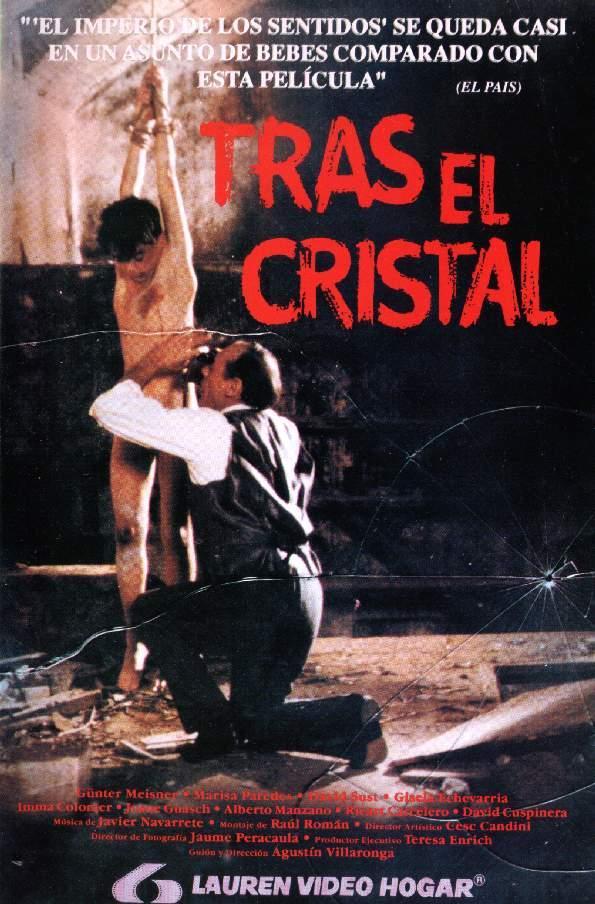
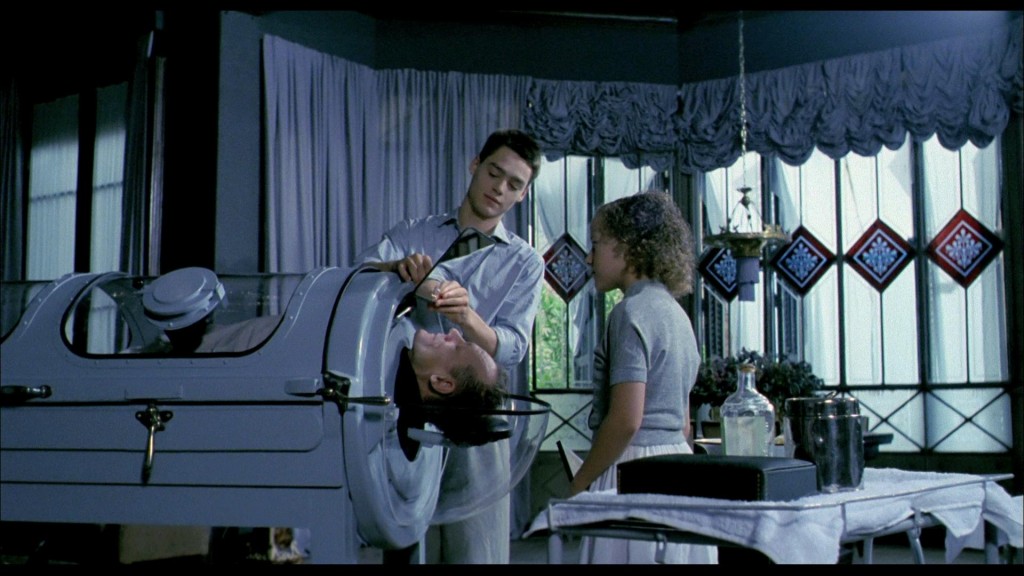
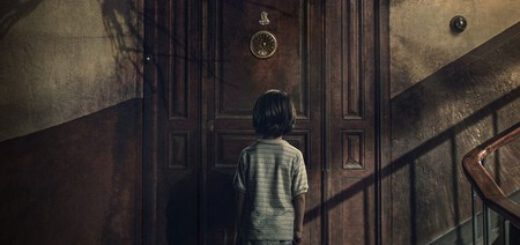
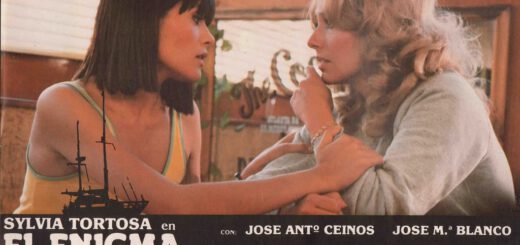
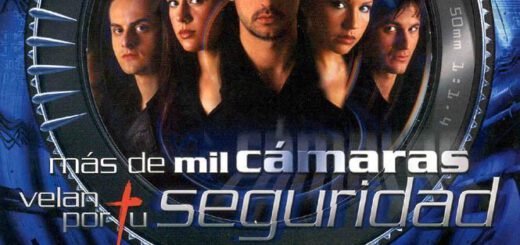


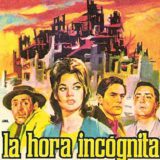

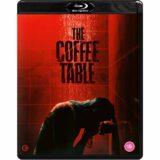
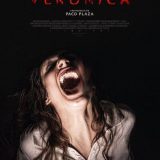

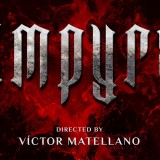
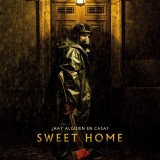
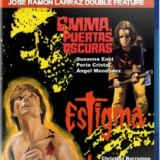
1 Response
[…] 99.9 was premiered in 1997 and it was directed by Agustín Villaronga, whom you may already know thanks to Pan Negre and In a Glass Cage. […]